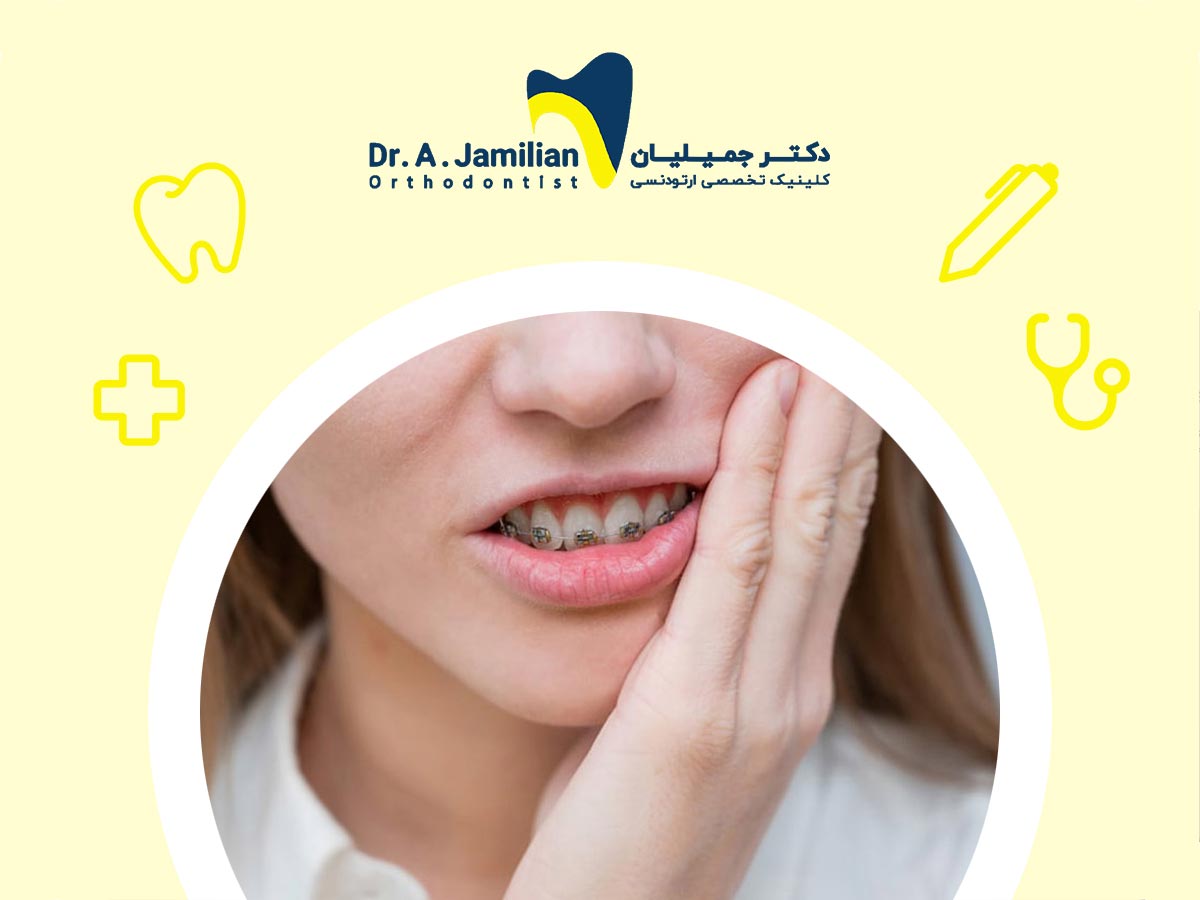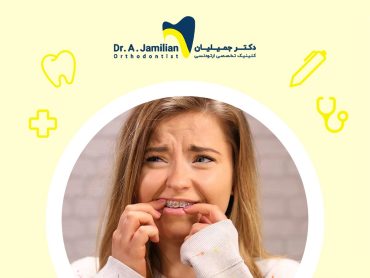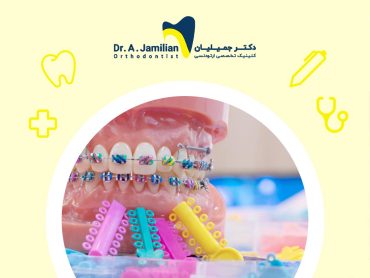One common concern before starting orthodontic treatment is the risk of allergic reactions to dental brackets. While orthodontics is a highly effective way to treat dental and jaw occultations, a small percentage of patients may experience allergic reactions. These reactions are often caused by sensitivities to metals, latex, or other materials used in orthodontic brackets and appliances. This article explores the different types of allergic reactions that may occur during orthodontic treatment and their prevention and treatment options.
What is an allergic reaction in orthodontics?
An allergic reaction in orthodontics occurs when the body’s immune system overreacts to latex and metals used in brackets and other orthodontic equipment. These reactions can manifest in various ways. Some common symptoms include redness, blisters, itching, shortness of breath, and coughing. Allergic reactions in orthodontics can generally be categorized into two main groups:
1- Type 1 hypersensitivity reactions
Otherwise known as antibodies, this group of allergic reactions presents within a couple of minutes after contact with a foreign object. Individuals may experience this type of allergy when exposed to latex or the metal in dental braces. Symptoms can include hives, hypotension, respiratory distress, and full-blown anaphylaxis.
2- Delayed hypersensitivity reactions
Delayed hypersensitivity reactions differ from Type I reactions in their onset time. When a foreign substance comes into contact with the body’s immune system, it takes time for the system to recognize the substance before allergy symptoms appear. Hypersensitivity symptoms to orthodontic brackets may include itching, severe redness, and the formation of blisters, among others. This type of allergy to orthodontic wires and appliances is relatively common. We will explore the potential for allergic reactions to various dental equipment during orthodontic treatment. If you experience any symptoms of an allergic reaction related to your brackets, it’s recommended to consult with an orthodontist immediately.
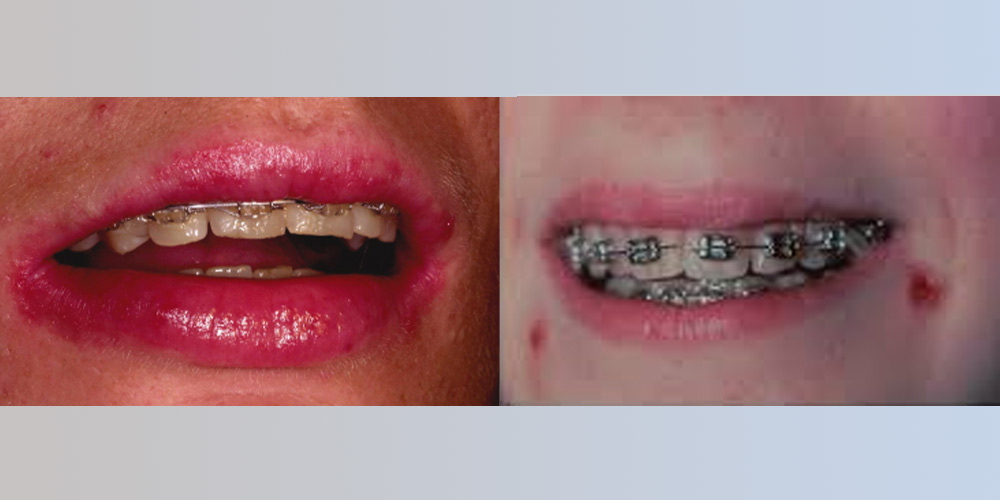
Types of allergic reactions to orthodontic brackets and appliances
Reactions to braces and orthodontic tools and equipment can vary among individuals. Most people go through their treatment without issue. Nevertheless, some may experience allergic reactions. Common orthodontic materials and appliances that can trigger allergic reactions include
- Allergic reaction to nickel and its alloys: Nickel and its alloys are employed to make orthodontic brackets. Latest research findings indicate that nickel can cause allergic reactions in 11% to 20% of women between 16 and 35. If you’re sensitive to nickel, you may present symptoms up to 24 hours after getting brackets. Consult your orthodontist for nickel-free alternatives to ensure a comfortable and allergy-free orthodontic experience.
- Allergic reaction to latex: Latex sensitivity can also trigger allergic reactions to orthodontic brackets. A wide range of dental equipment, from orthodontic elastics to dental gloves, is made from latex, which can trigger allergic reactions in latex-sensitive individuals.
- Allergic reaction to acrylic resin: Acrylic resin is also commonly used to produce removable orthodontic appliances and retainers. This material may cause allergies in some individuals.
- Reaction and hypersensitivity to other materials and equipment: In addition to the previously mentioned metals, chromium is also considered a common allergen in dentistry, particularly affecting men more frequently than women. It’s important to note that chromium is not used in orthodontic treatments but is more commonly found in dental composites.
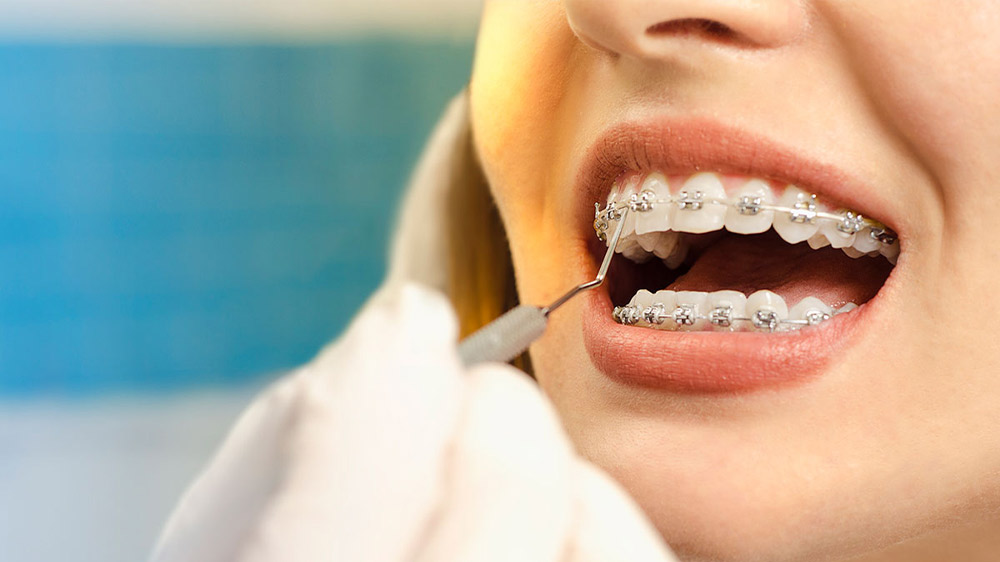
How to prevent allergies to orthodontic brackets
برYou can take several steps to minimize the risk of allergic reactions to orthodontic brackets. By following these helpful tips, you can minimize the possibility of such allergic sensitivities and enjoy a more comfortable orthodontic experience. These useful tricks include:
- Be sure to inform your orthodontist about any allergies before starting orthodontic treatment.
- If you are taking specific allergy medications, make sure you take them before your orthodontist appointment and inform your doctor about the medication you are using.
- Before beginning orthodontic treatment, conduct an allergy test and share the results with the specialist.
- Regularly visit your orthodontist to check the condition of your brackets.
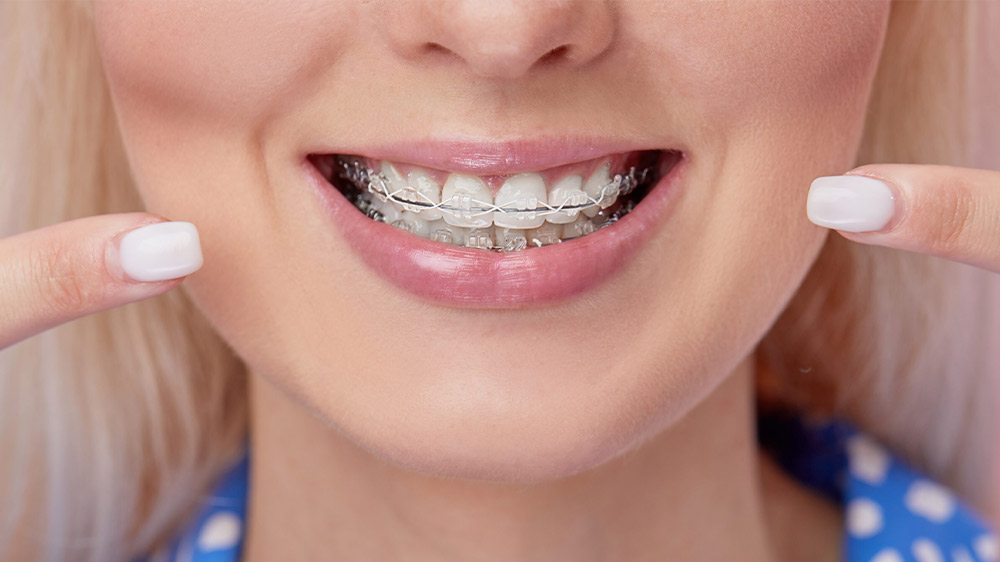
How to treat allergies to orthodontic brackets
Commonly those allergic to orthodontic materials and equipment do not have a severe sensitivity level. By doing simple solutions, their sensitivity gradually decreases and eventually disappears. Most individuals who experience allergies to orthodontic materials or tools have mild reactions. These sensitivities can often be managed with simple solutions, gradually decreasing and eventually resolving. In the following, we will introduce a variety of some methods for treating allergy to orthodontic brackets:
Actions patients can take:
- Using a cold compress to reduce blisters and itching
- Taking anti-allergic tablets such as antihistamines
- Avoiding any foods that aggravate allergies, such as spices and acidic foods
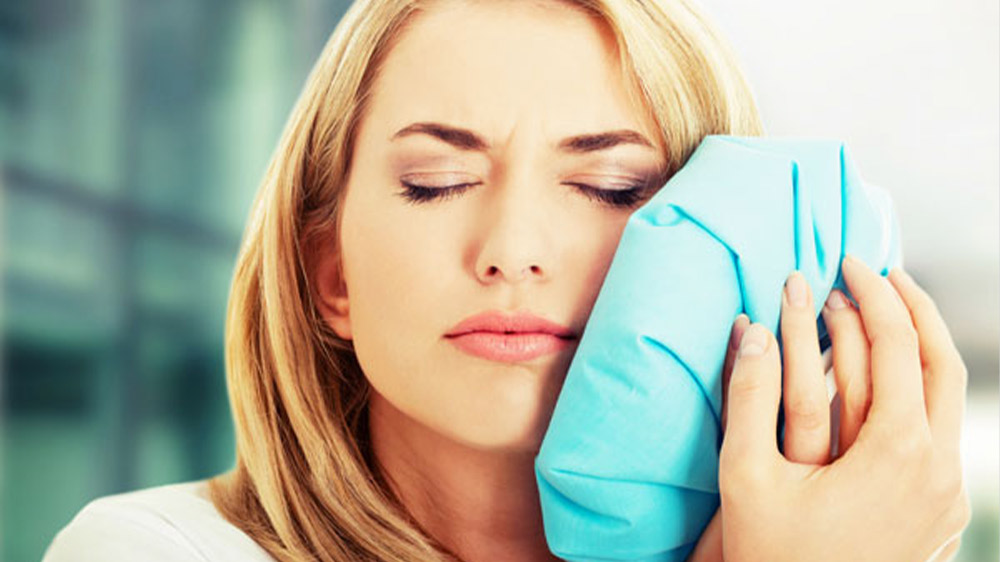
Actions an orthodontist can do:
- Removing allergens after presenting symptoms such as redness, itching, and hives.
- Maintaining patient calmness and checking vital signs
- Replacing sensitizing equipment with non-allergenic metal and latex-free materials
- Asking for emergency medical help in case of increased sensitivity and respiratory problems
A final word of advice: If you have any allergies to specific materials or medications, it’s crucial to inform your orthodontist before starting orthodontic treatment. This will help prevent any allergic reactions during the treatment process. Should you experience any signs of an allergy after a few days of treatment, contact your orthodontist immediately so they can provide appropriate advice and treatment according to your condition.
Allergic Reactions to Orthodontic Brackets FAQ
Consulting an orthodontist is crucial under similar situations. The orthodontist will first assess the patient’s sensitivity to nickel or titanium and, if necessary, apply special, clear aligners.
Swollen, itchy, red gums, rashes around the mouth, and swollen lips are common signs of an allergic reaction to dental wires or other orthodontic appliances.
